Researchers from the University of Miami exploring the depths of the Red Sea have identified highly saline and oxygen-deprived areas on the seafloor, termed “death pools,” where marine life is instantly killed upon entry.
These zones, while deadly, are paradoxically bustling with microbial life, which thrives in these extreme conditions.
The Paradox of Life in Deadly Waters
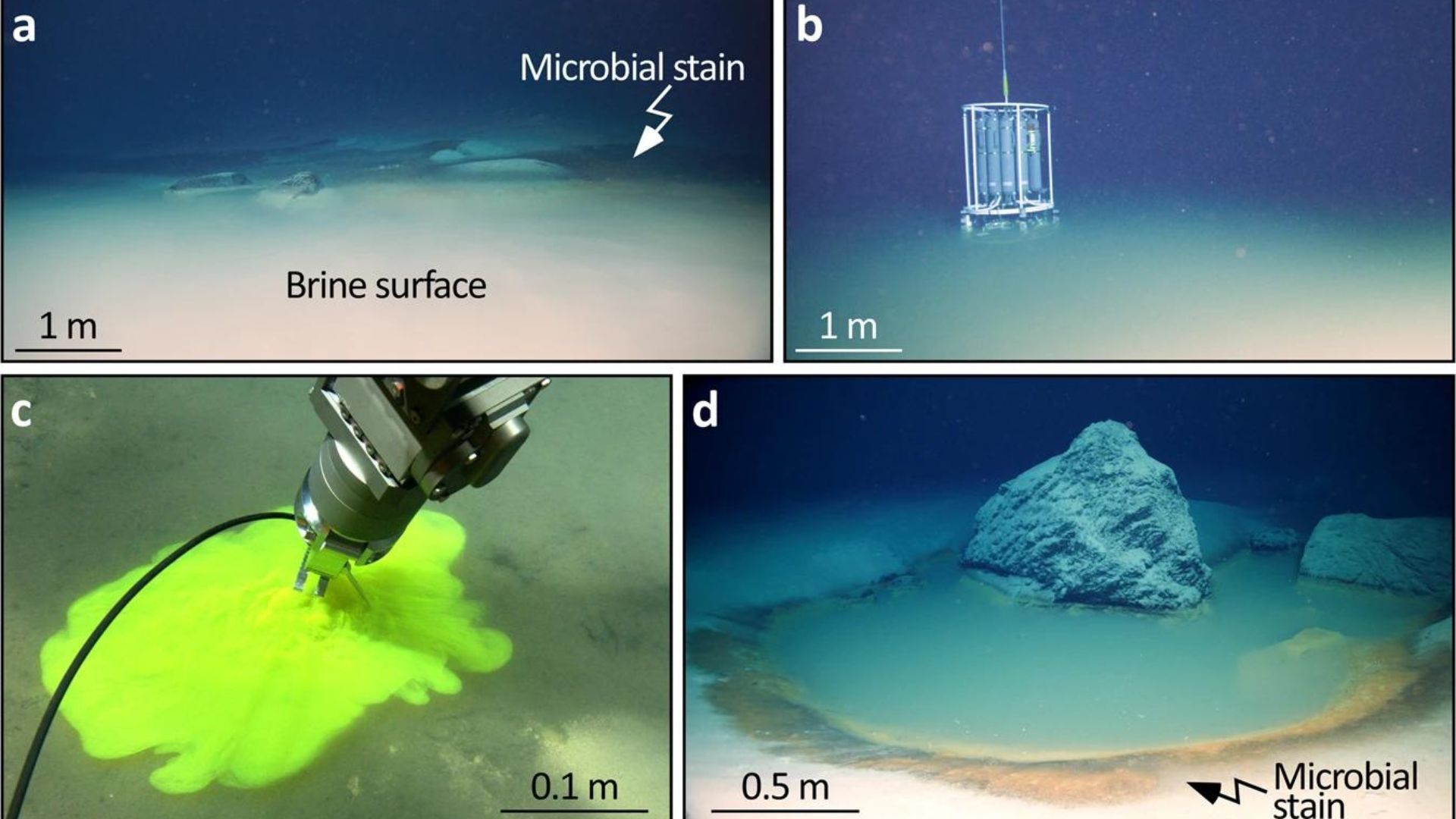
The existence of life in these harsh conditions of the death pools suggests important clues about the earliest life forms on our planet.
These environments are similar to the conditions where life is believed to have originated. Sam Purkis, a professor of marine geosciences, notes, “Deep-sea brine pools are a great analogue for the early Earth.”
Medical Potential of Brine Pool Microbes
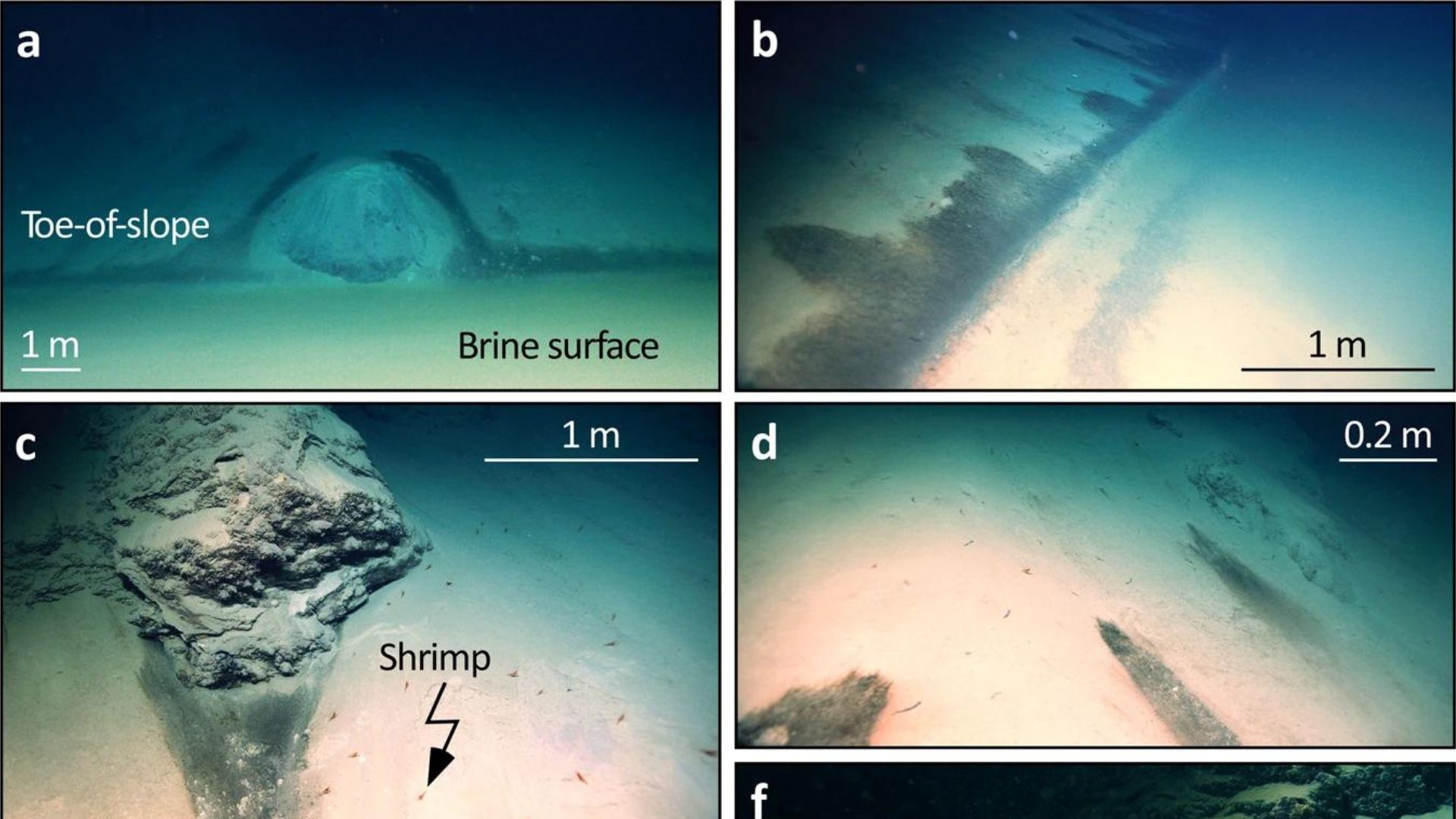
The unique microbes found in these brine pools are not only surviving but might also hold the key to medical innovations.
These organisms are known to produce substances with antibacterial and anticancer properties. “Molecules with antibacterial and anticancer properties have previously been isolated from deep-sea microbes living in brine pools,” explains Purkis.
Global Presence of Brine Pools

Brine pools are rare and have been identified in only a few locations worldwide, including the Gulf of Mexico, the Mediterranean Sea, and notably, the Red Sea.
These unique ecosystems vary in size and are among the most extreme environments on our planet, hosting a range of specialized life forms.
Discovery of Brine Pools Near the Coast

The discovery of brine pools just two kilometers off the coast in the Gulf of Aqaba in 2020 marked a significant breakthrough.
This proximity to the shore makes them more accessible for scientific study, providing new opportunities for understanding these mysterious underwater ecosystems.
The NEOM Brine Pools
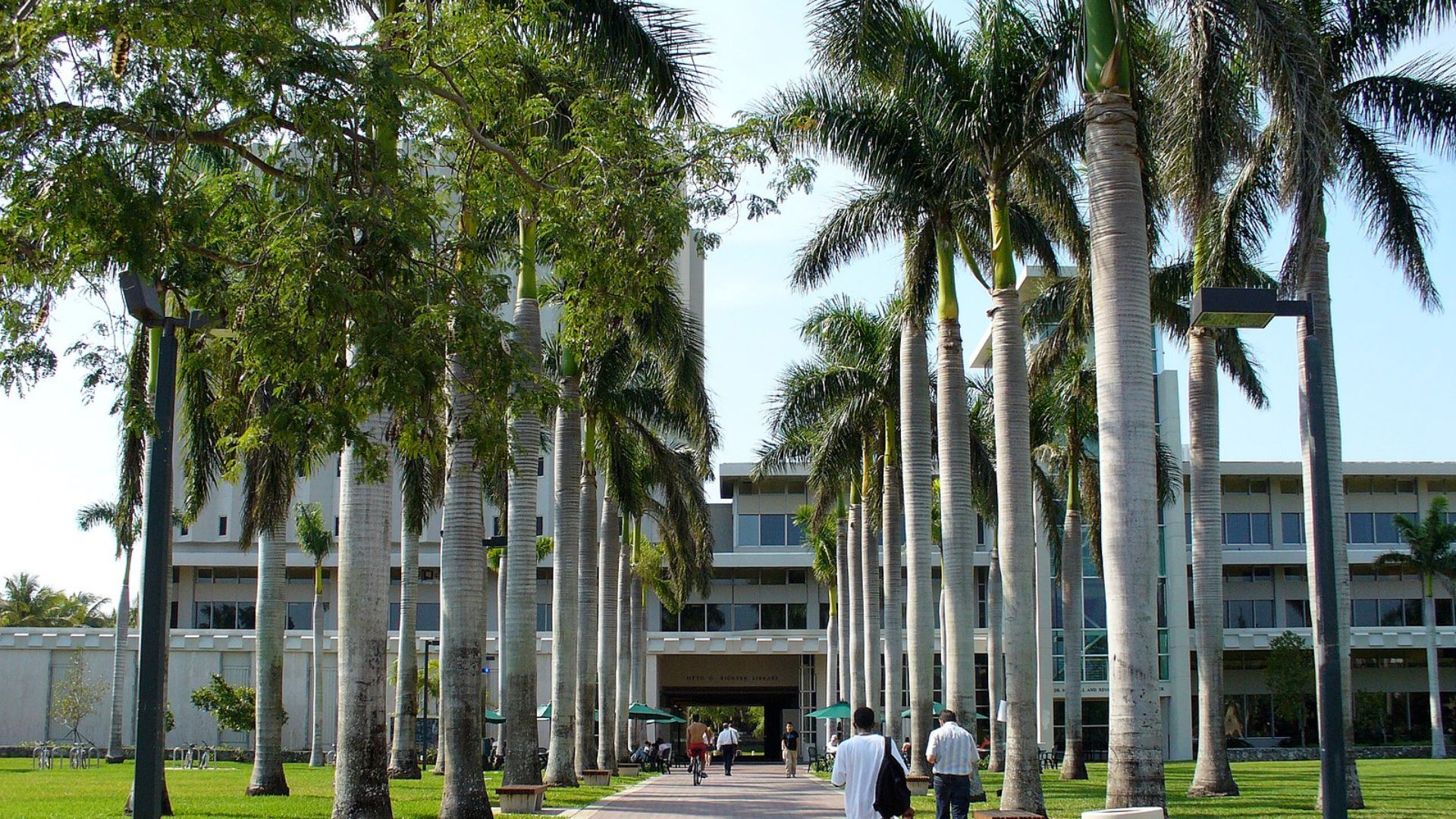
The brine pools discovered by the University of Miami team have been named the NEOM Brine Pools, after the Saudi development company that funded the research.
These pools were located using advanced remote-operated vehicles and include the largest known pool measuring 107,000 square feet.
Abundant Life in Extreme Conditions
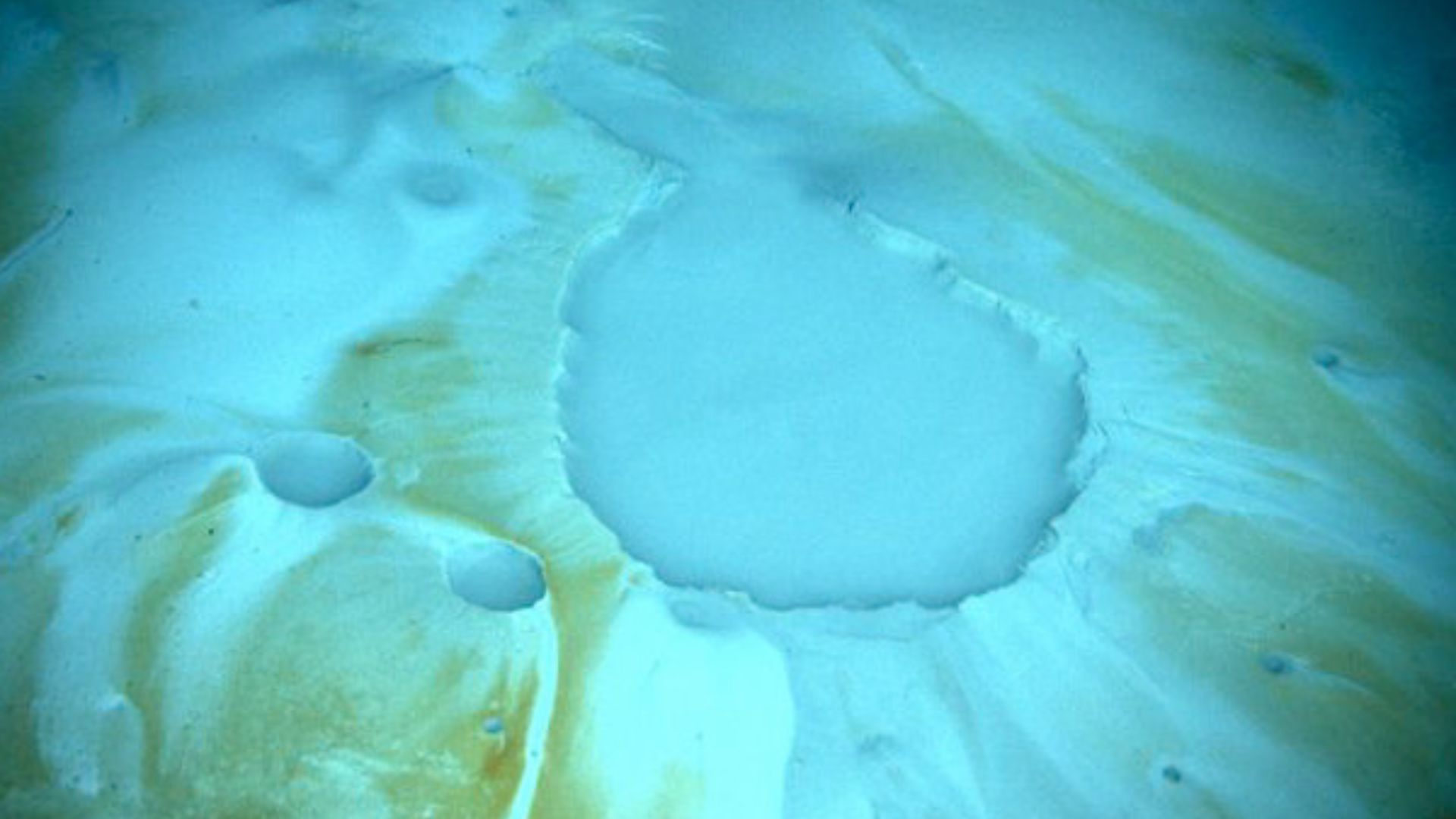
Despite the lack of oxygen and high salinity, the brine pools support diverse microbial communities that form thick carpets on the seabed.
These microbes, in turn, support various marine animals, creating a complex ecosystem that flourishes in this hostile environment.
The Ecological Dynamics of Death Pools
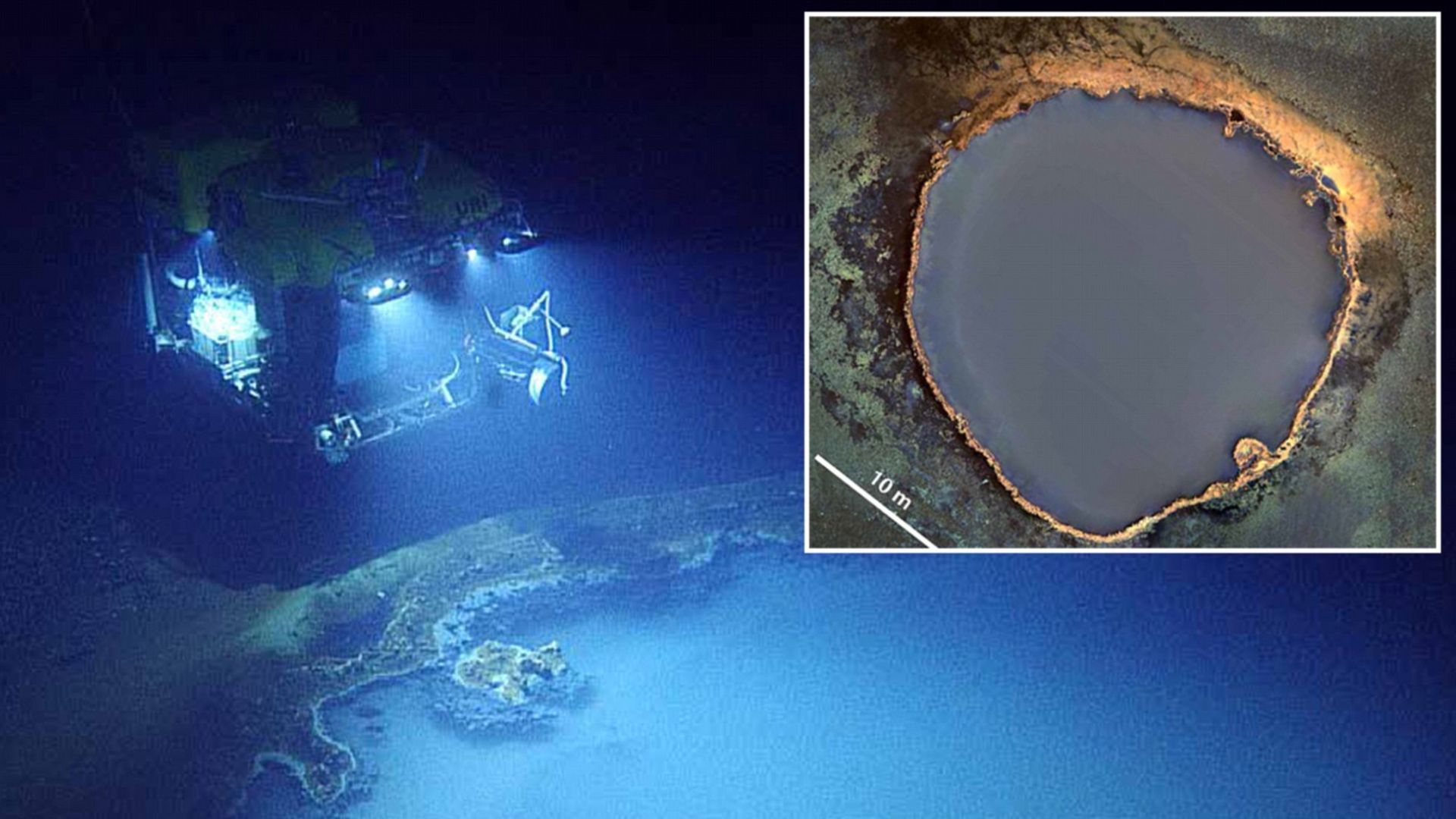
The toxic nature of the brine creates a unique hunting ground for predators, which wait to prey on animals killed or stunned by the pool.
“Any animal that strays into [it] is immediately stunned or killed,” says Purkis, highlighting the brutal reality of the ecosystem dynamics around these pools.
Geological and Biological Archives
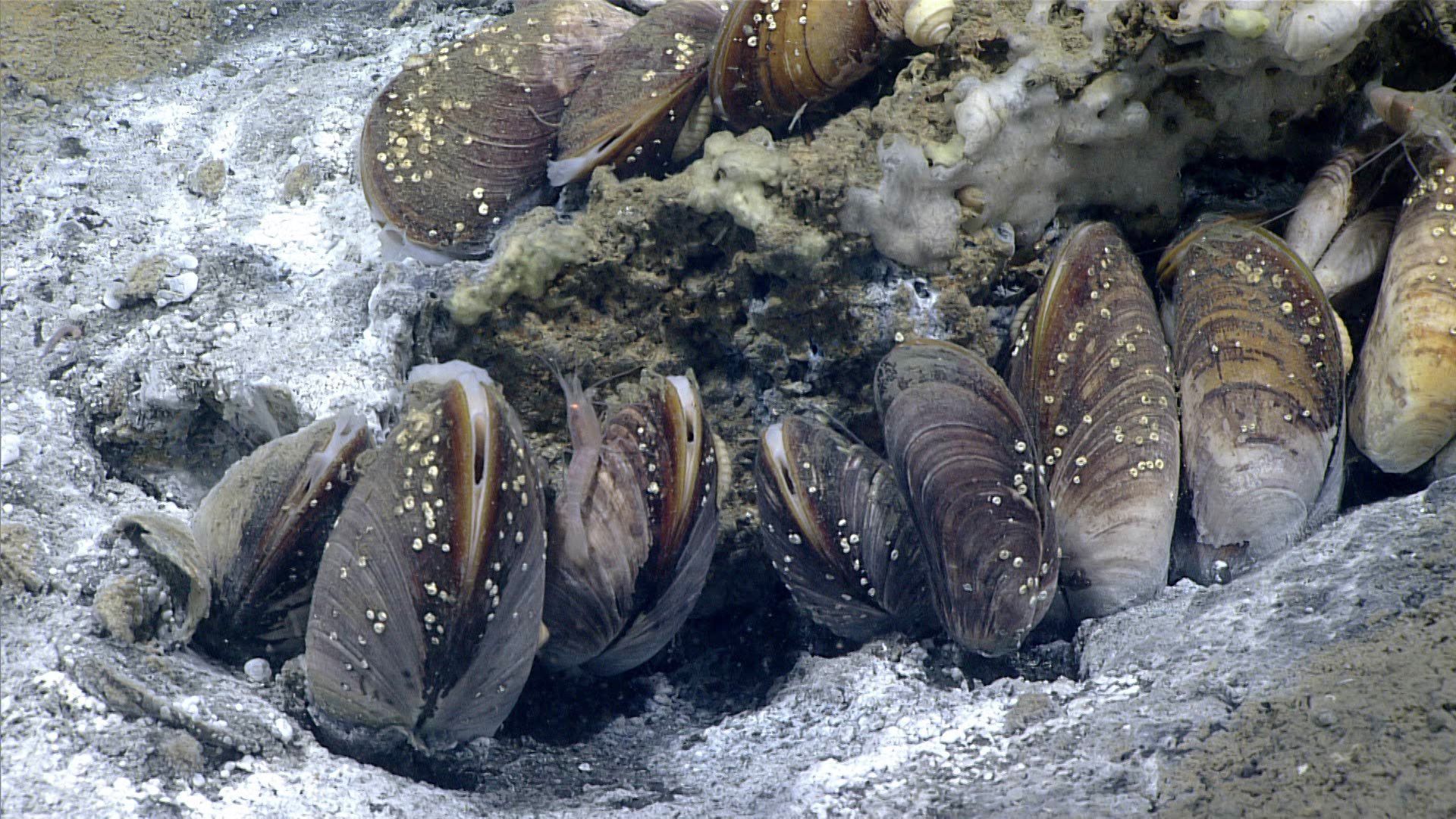
Situated close to the coast, these pools also capture runoff from land, potentially preserving geological and biological records, including traces of past natural disasters like tsunamis and earthquakes.
This makes them valuable for understanding historical environmental changes.
Core Samples Reveal Historical Data
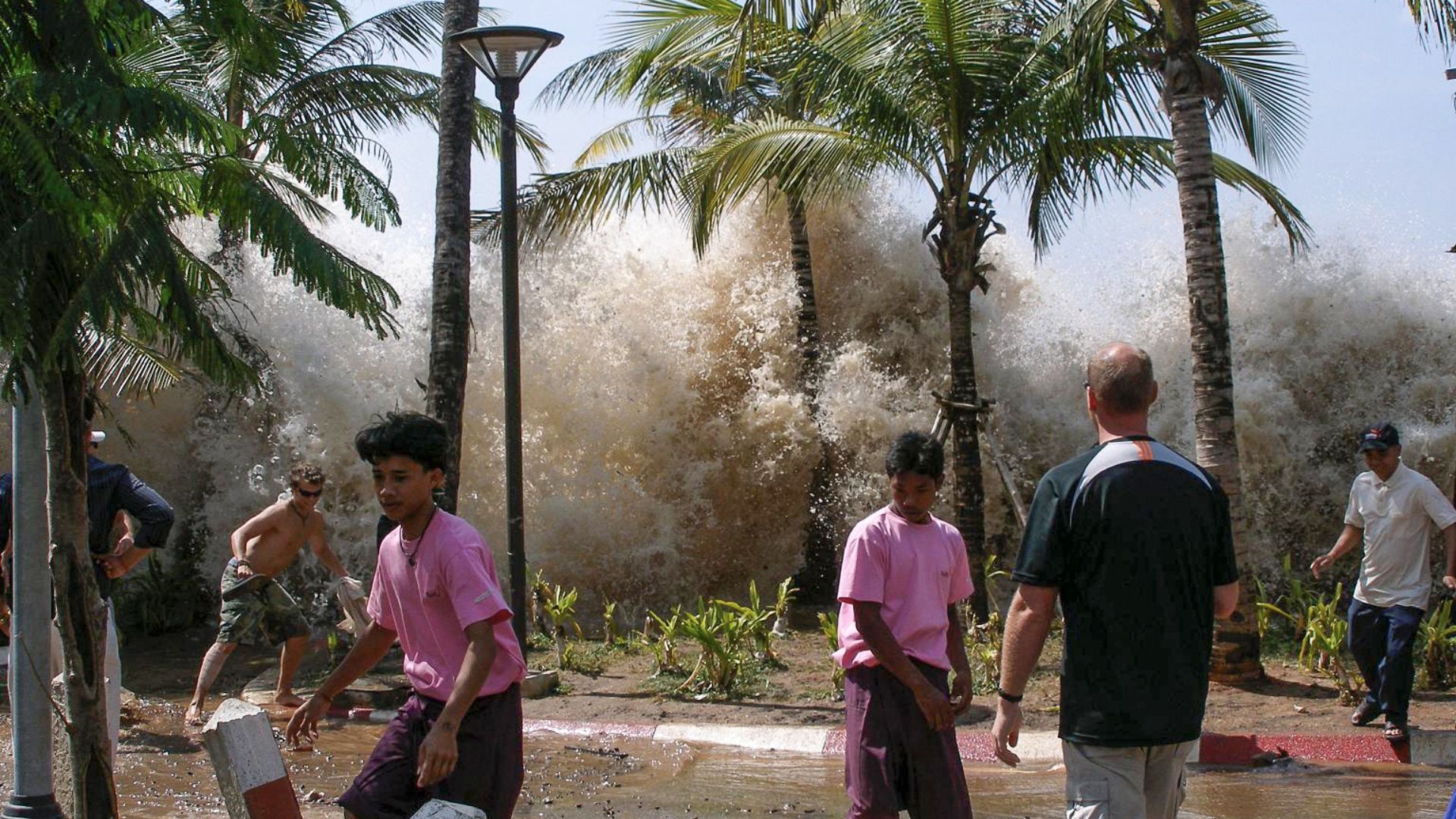
Core samples taken from these brine pools provide a continuous record of the region’s past environmental conditions, including rainfall, tsunamis, and earthquakes.
This data is crucial for understanding the historical patterns of natural disasters in the area.
Implications for Coastal Development
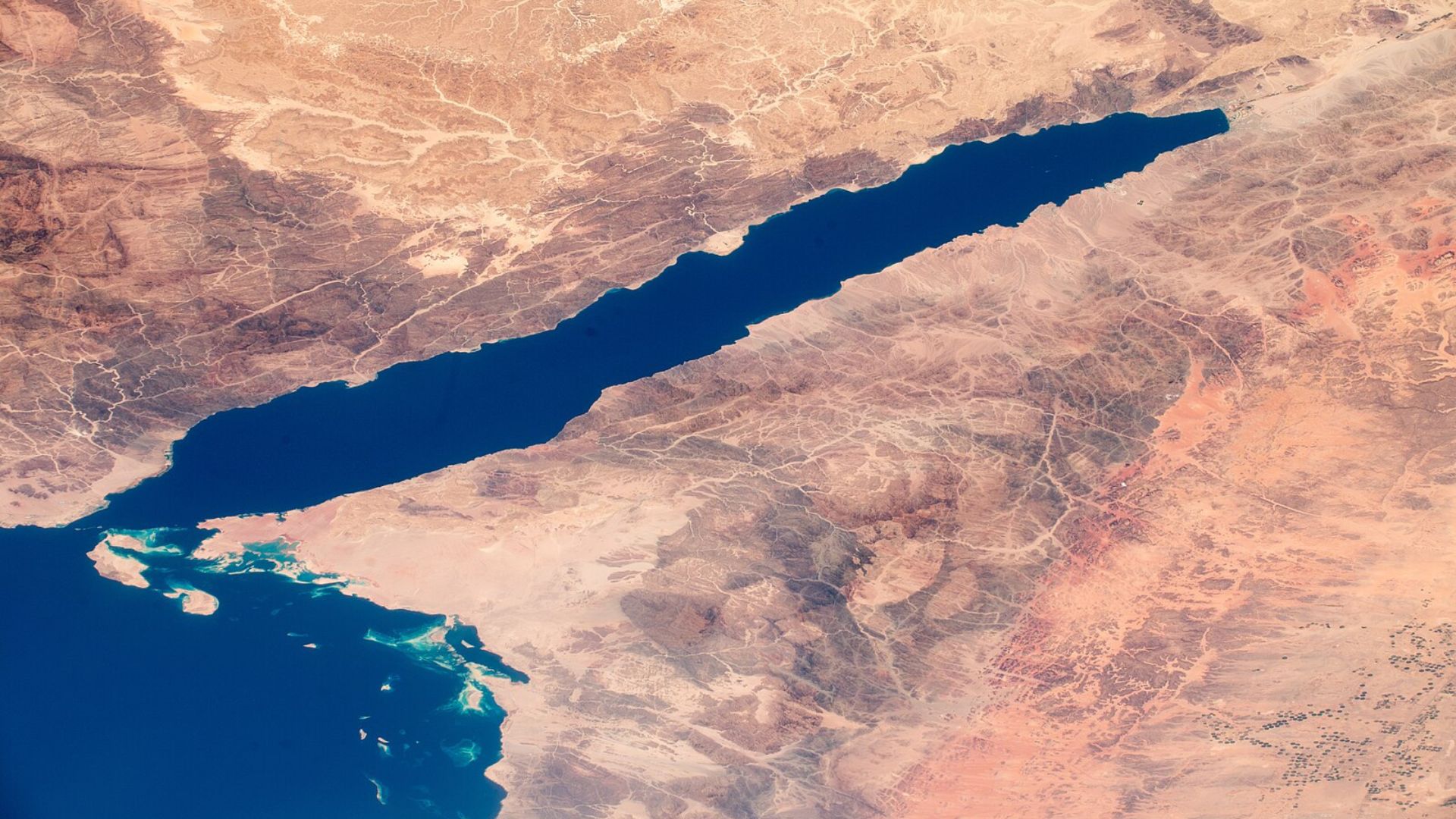
The historical data derived from the brine pools is vital for planning as the Gulf of Aqaba’s coastline undergoes rapid urbanization.
Understanding the frequency and impact of historical natural disasters is crucial for future infrastructure development in this region.
Expanding Research and Collaboration
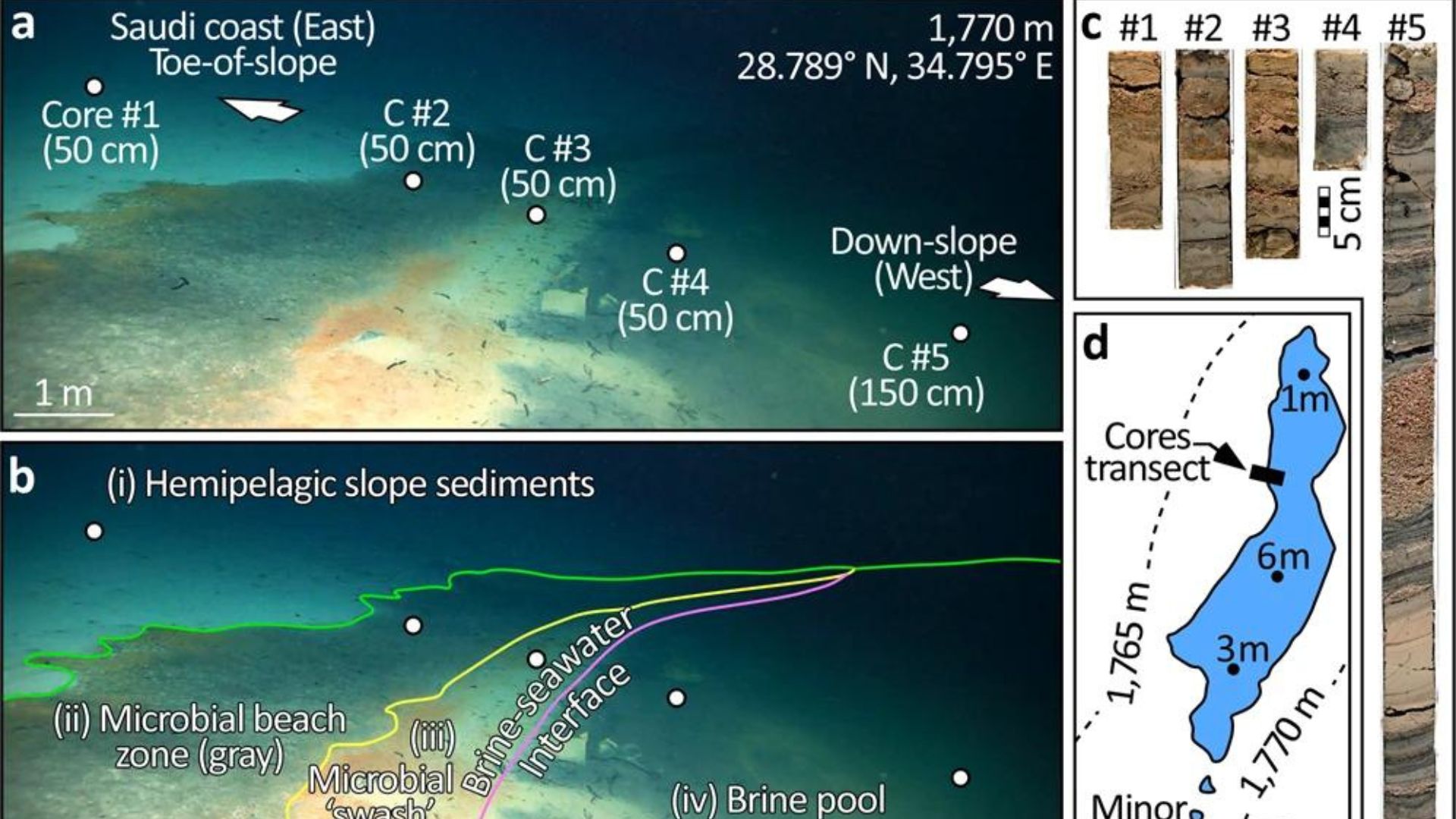
The research team plans to return to the NEOM Brine Pools with more sophisticated equipment to extend their studies further back in time.
“We aim to work with the other countries that border the Gulf of Aqaba to widen the assessment of earthquake and tsunami risk,” says Purkis, emphasizing the need for a collaborative approach to regional environmental challenges.
